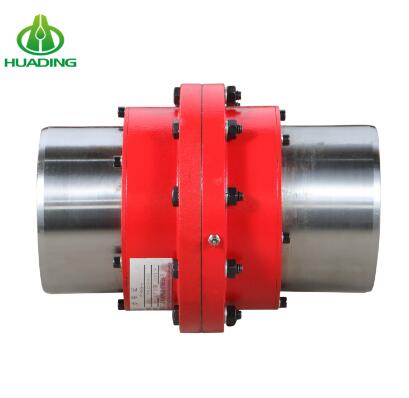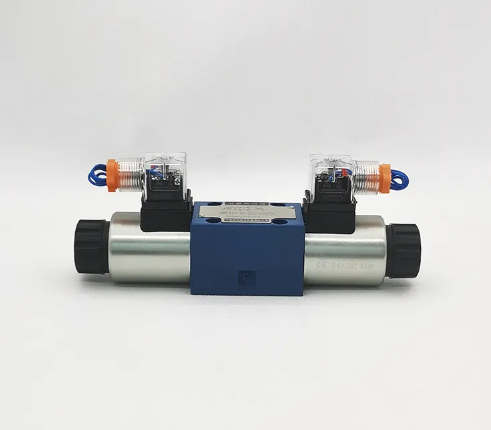Causes of Flow Instability in Vertical Slurry Pumps
At the heart of efficient industrial processes, vertical slurry pump play a crucial role in handling abrasive and viscous materials. These pumps are designed to withstand the harshest of conditions, but like any mechanical system, they can face issues that hinder their performance. One such issue that engineers and operators often grapple with is flow instability. In this comprehensive guide, we will delve into the causes of flow instability in vertical slurry pumps, shedding light on the factors that can affect their efficiency and reliability.

Vertical slurry pumps are extensively used in industries such as mining, mineral processing, and wastewater treatment. These pumps are designed to transport slurries containing solid particles, making them prone to certain operational challenges. Flow instability is one of these challenges, which, if not properly addressed, can lead to decreased pump efficiency and increased maintenance costs.
Factors Contributing to Flow Instability
1. Impeller Design
The impeller is a critical component of any centrifugal pump, including vertical slurry pumps. Its design plays a pivotal role in determining the pump's hydraulic performance. Flow instability can occur if the impeller is poorly designed or damaged. Irregularities in the impeller's geometry, such as uneven vanes or imbalanced blades, can disrupt the flow, leading to instability.
2. Cavitation
Cavitation is a common issue in pumps that can lead to flow instability. It occurs when the pressure within the pump drops to the vapor pressure of the liquid being pumped, causing the formation of vapor bubbles. When these bubbles collapse, they generate shockwaves that can damage pump components and disrupt flow. Proper maintenance and monitoring of suction conditions can help mitigate cavitation-related flow instability.
Explore more:Mechanical Parts & Fabrication Services
3. Wear and Erosion
What are the materials used in vibrating screen mesh?
What are the Types of Roller Bearings?
What are gate valves used in industry?
Diverse Applications of Vertical Centrifugal Pumps in Various Industries
Why do people choose deep groove ball bearing?
What Materials Are Used for Injection Molding?
The handling of abrasive slurries can cause significant wear and erosion of pump components over time. As components wear down, they can no longer maintain the designed clearances and tolerances, resulting in flow disturbances. Regular inspections and replacement of worn parts are essential to prevent flow instability due to wear and erosion.
4. Air Entrainment
Air entrainment occurs when air is introduced into the slurry, forming a frothy mixture. This can lead to decreased pump efficiency and flow instability. Proper slurry conditioning and deaeration techniques should be employed to minimize air entrainment in vertical slurry pumps.
5. Operating Conditions
The operating conditions under which a vertical slurry pump operates can also contribute to flow instability. Variations in flow rate, pressure, and temperature can affect the pump's performance. It is crucial to ensure that the pump operates within its specified range to minimize the risk of flow instability.
6. Inlet and Outlet Configurations
The design of the pump's inlet and outlet can impact its flow stability. Improperly designed inlet or outlet configurations can lead to flow separation and turbulence, resulting in flow instability. Engineers must pay close attention to these design aspects to ensure optimal pump performance.
Conclusion
In conclusion, flow instability in vertical slurry pump is a challenge that can impact the efficiency and reliability of industrial processes. Understanding the causes of flow instability and implementing preventive measures is crucial for maintaining optimal pump performance. By addressing impeller design, cavitation, wear, air entrainment, operating conditions, and design configurations, engineers and operators can ensure that their vertical slurry pumps operate smoothly, contributing to the overall success of their industrial operations.
Recommended article:What are forklift attachments and how do they work?
How Often Should You Replace Weather Stripping
Boat Winch Maintenance and Care: Tips for Longevity and Performance
Cast Aluminium Gate Q&A: Elevating Style and Security
Breathe Easy: Unveiling the Ultimate Blower Filter Guide for a Healthier Home
What Does Surface Finishing Process Include?
Understanding the Function and Benefits of Belleville Disc Springs
615
0
0
Related Articles










Comments
All Comments (0)